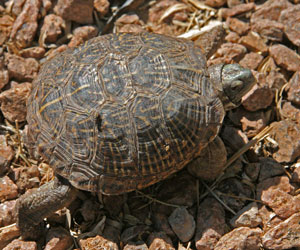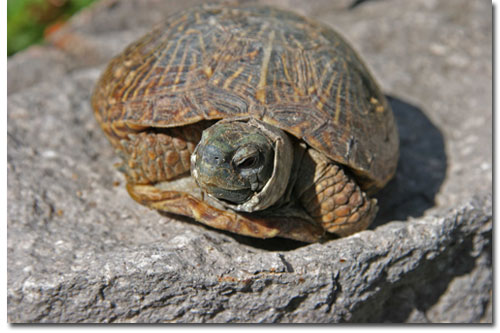Danielle R.
New Member
- Joined
- Sep 29, 2016
- Messages
- 12
Where is it okay to post a picture of an unidentified tortoise for help? We found ourselves with this tortoise (long story) and dont exactly know what type it is? Maybe some sort of box tortoise? We own a sonoran desert tortoise and this one is significantly different.
Thanks!!
Thanks!!





